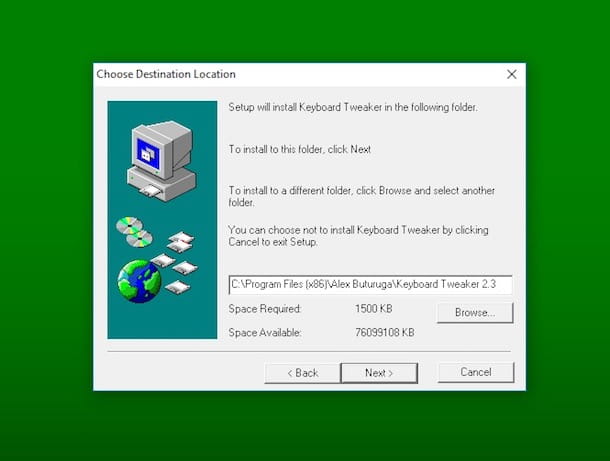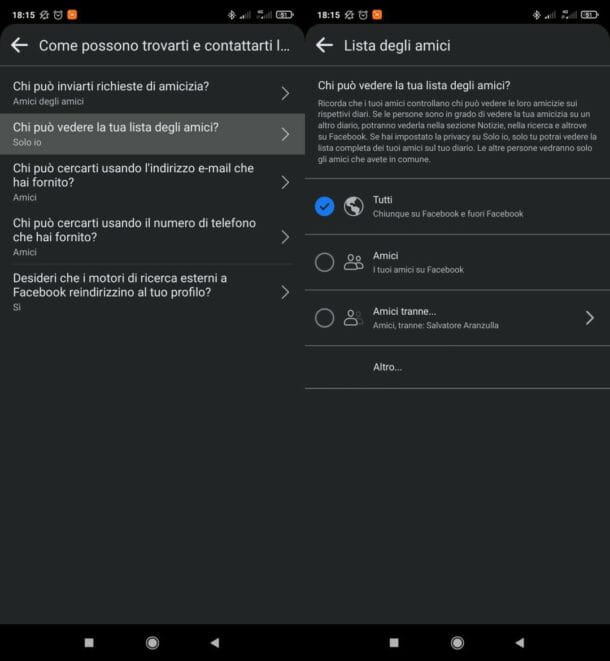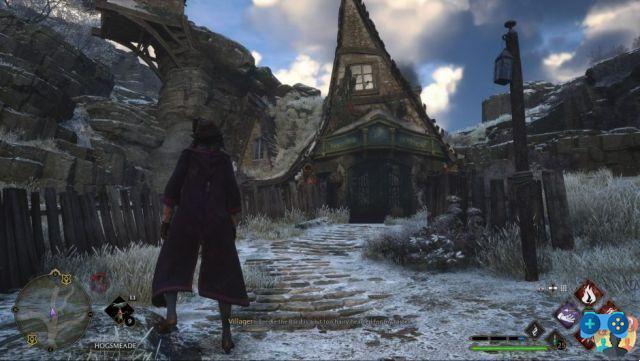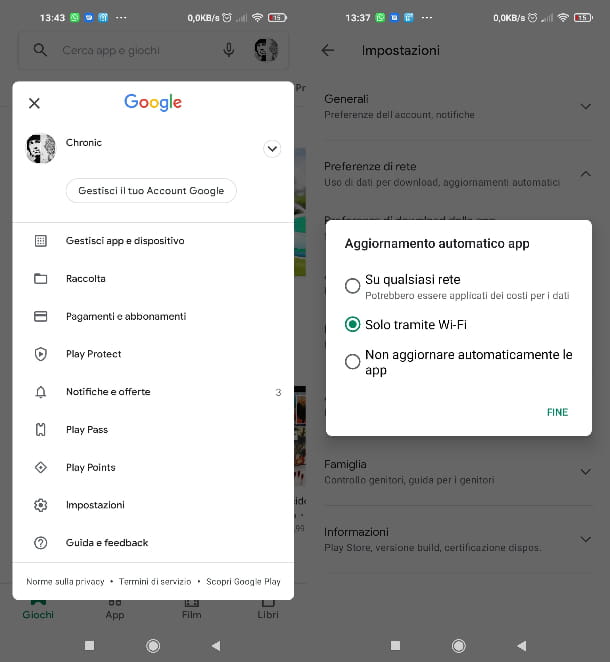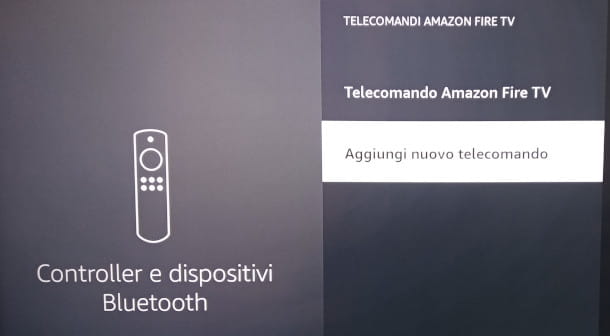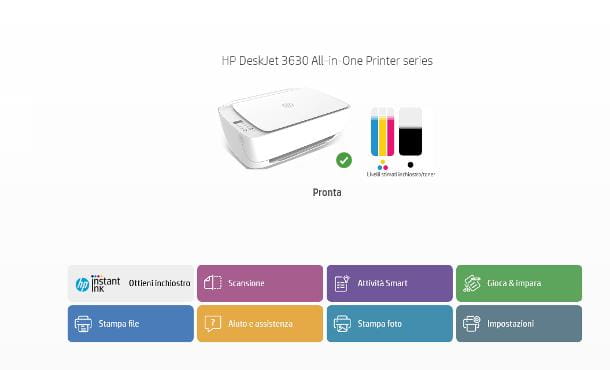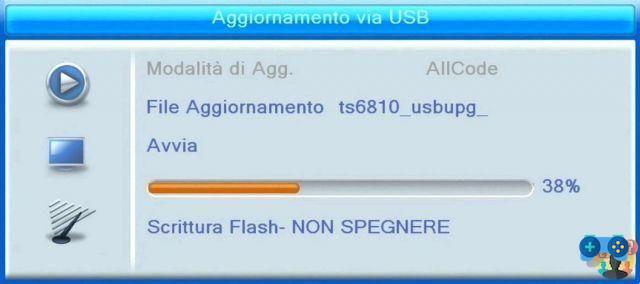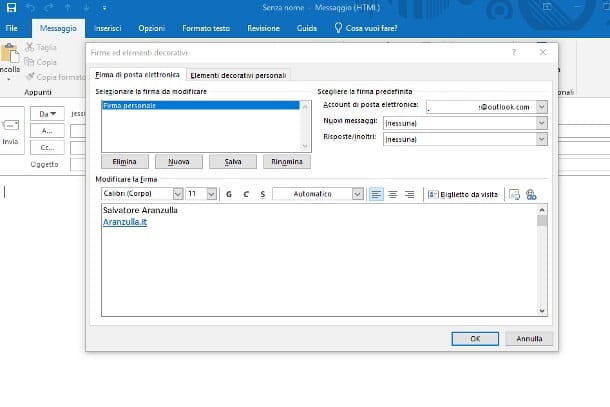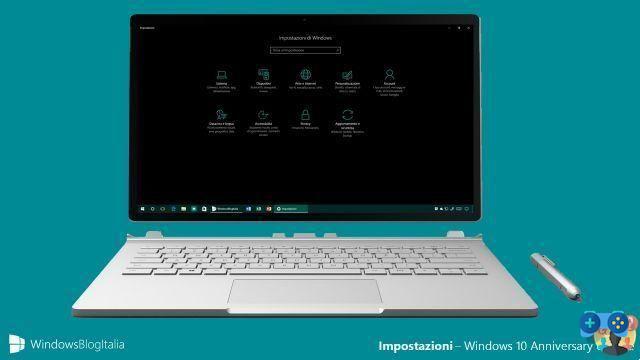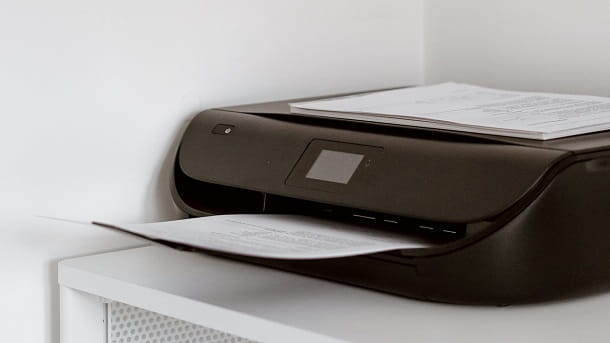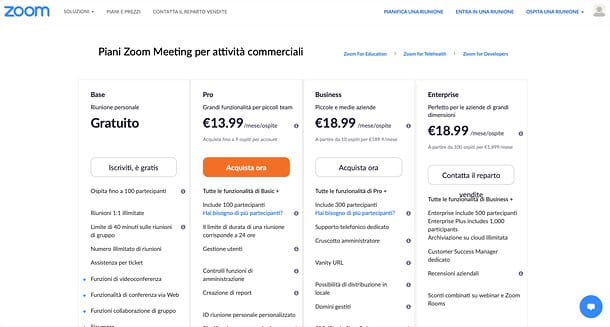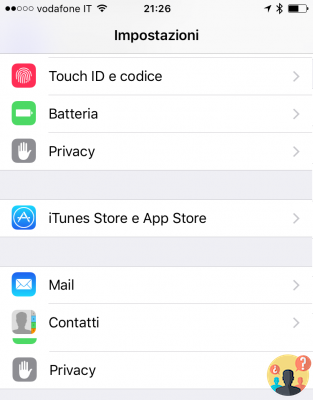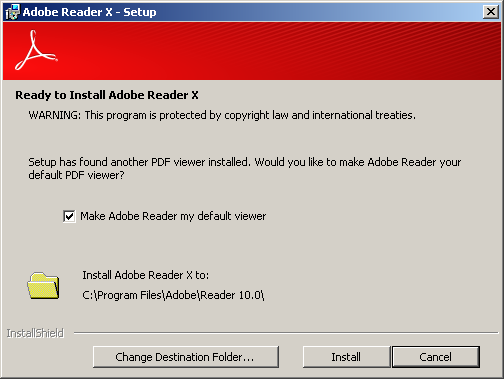Purpose of the guide:
| Software components used:
|
Guide indicated for users with installation:  | |
NOTE E DISCLAIMER
| |
| Guide revision: 1.0 | |
Abstract
deCONZ from the German Phoscon is one of the most widespread, especially for the simplicity of use and integration into the most common personal HUBs; this BRIDGE/Gateway offers three different interfaces: a web one, for consulting the ZigBee components associated with it, a GUI (variable according to the environment in which it is installed) for more in-depth management of the ZigBee network and finally the Rest APIs, usable precisely for the additions mentioned above.
Through the latter, deCONZ allows you to configure some technical parameters of the ZigBee components associated with it, usually not accessible via other BRIDGE/Gateway software – sometimes not even from the hardware ones supplied directly by the manufacturer of the ZigBee component.
Let's take the Xiaomi/LUMI PIR presence sensor as an example: regular the duration of the survey and sometimes an arduous undertakingnot to mention sometimes impossible. Well: in this guide we will see how, through Home Assistant and the deCONZ API, it is possible to configure these parameters with extreme ease.
It starts
preconditions
To make changes to the configuration of the ZigBee component is obviously necessary that deCONZ is operational and that it is integrated with the Home Assistant.
Soultricks guides dedicated to such themes are available here.
Service
The first thing to understand is the utility represented by the service deconz.configure, present on the Home Assistant when the deCONZ integration is configured. This service, if evoked (passing it the correct parameters) allows precisely to set some specific parameters of the component object of the reconfiguration.
Typically the services are evoked from the Home Assistant interface, at the menu item "Developer tools”>“Services“. Once you have selected the service deconz.configure, simply indicate the parameters to be used in the “Service data” field.
For example:
entity: light.hall field: "/state" data: 'on': true
The above example does nothing but set the "ON" state to the entity, light.hall, a hypothetical ZigBee bulb, for example a Philips HUE integrated via deCONZ.
What interests us, however, is not to set a state, but rather a permanent configuration of some specific parameter, as well as the field fieldwhich should be valued/ config” to implement these changes.
Parameters
What can be done is obviously linked to the very nature of the ZigBee component. Therefore, before venturing into the configuration, it is necessary to understand which parameters can be modified and how, in relation to the type of component.
Therefore, connect to the page dedicated to the deCONZ API documentation to view the list.
The list "Supported config attributes” allows us to orient ourselves among the various types, divided by the field “sensor type", for example:
- Daylight – the deCONZ virtual day/night sensor;
- ZHAPresence – presence sensors;
- ZHAPower – absorption sensors;
- ZHATemperature – temperature sensors
Each of these sections has various “State attribute” (and related “Type”), for example:
- ZHAPresence / duration: parameter of duration of the detection of a presence sensor.
The parameter, in this case "duration“, is what interests us.
Examples
Given that the best way to explain the matter are the examples, we will see some specific case studies.
XIAOMI PRESENCE SENSOR
In this case, let's see how to configure the detection duration of the Xiaomi/LUMI presence (or "movement") sensor:
entity: binary_sensor.xiaomi_presenza field: "/config" data: duration: 5
Using the parameter duration, we set the duration of the detection to 5 seconds.
XIAOMI TEMPERATURE AND HUMIDITY SENSOR
In this case, let's see how to configure the temperature offset (if you don't want to do it on the Home Assistant side) of the Xiaomi / LUMI environmental sensor:
entity: binary_sensor.xiaomi_ambientale field: "/config" data: offset: -2
Using the parameter offset, we set the temperature detection offset to -2 degrees.
XIAOMI VIBRATION SENSOR
In this case, let's see how to configure the detection duration of the Xiaomi / LUMI vibration sensor:
entity: binary_sensor.xiaomi_vibrazione field: "/config" data: sensitivity: 11
Using the parameter sensitivity, we set the vibration sensitivity to the maximum value for this sensor (1 maximum, 11 medium, 21 maximum – as indicated on the deCONZ website);
And so on.
It goes without saying that for each ZigBee element it is necessary to deal with the deCONZ site to understand which parameters to act on and how.
| If of Home Assistant you know little but you are interested in understanding more, we suggest you start from here. |
| This page is written, maintained and updated by the Soultricks staff, a very diverse group of people who you can find for questions and support on the forum chat of the site. If you are lost, the map is at your disposal. |






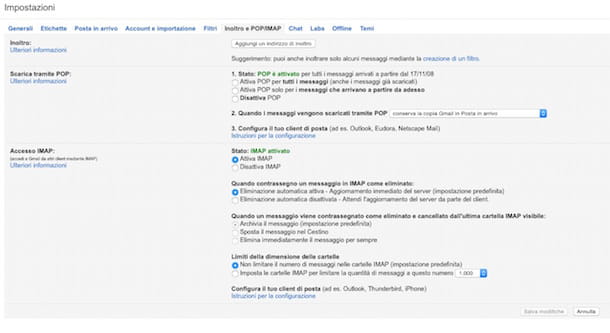
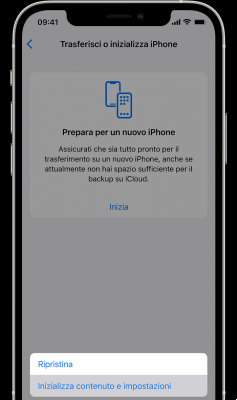
![[Solved] Android App Won't Open Problem](/images/posts/a150cb8db0eb50df4b79257485e3c04c-0.jpg)

